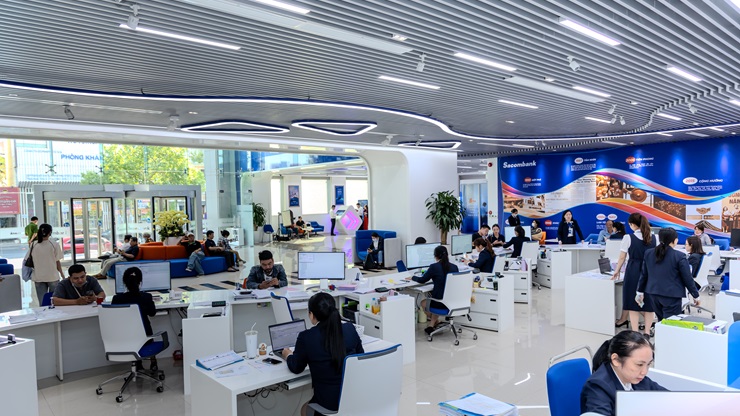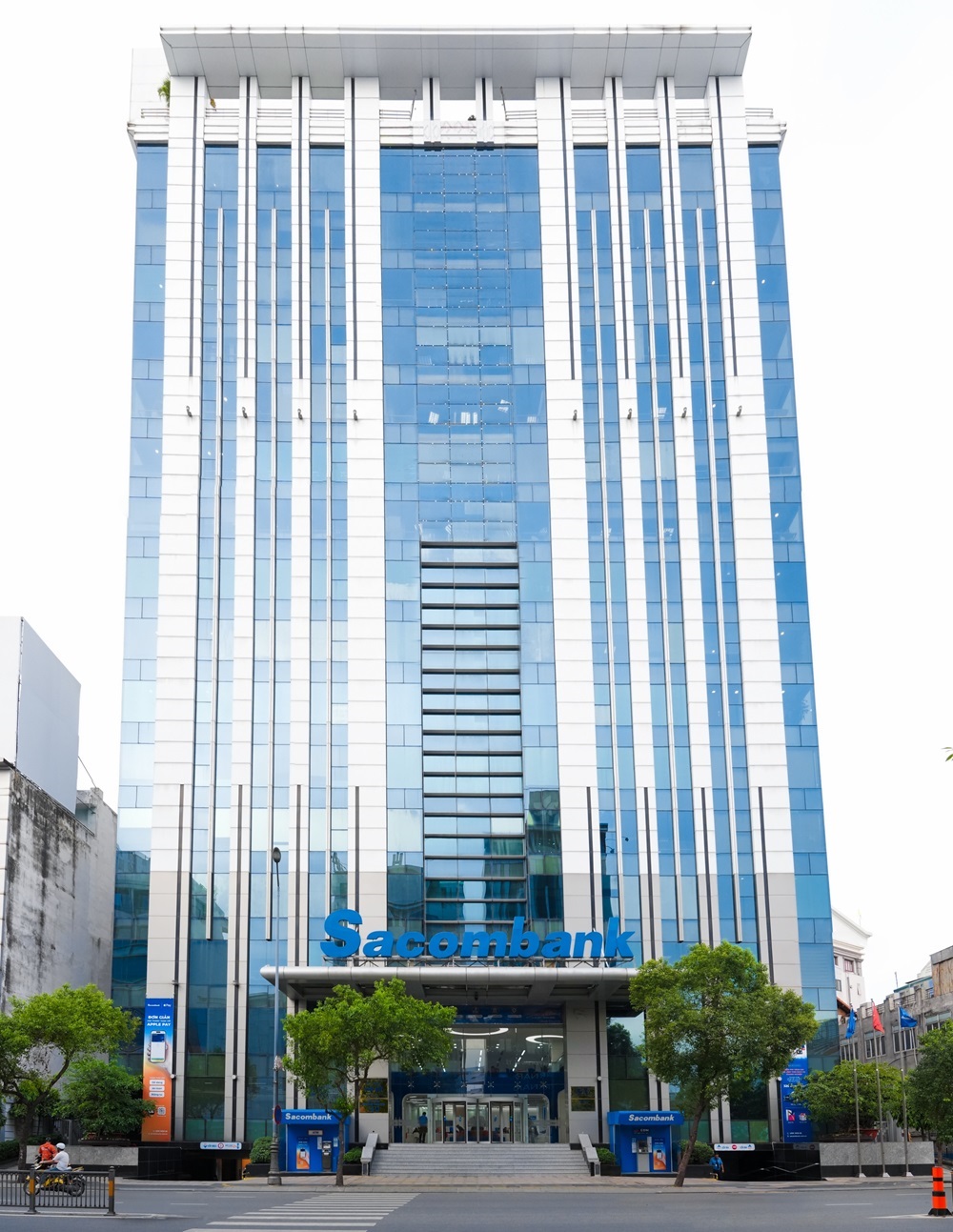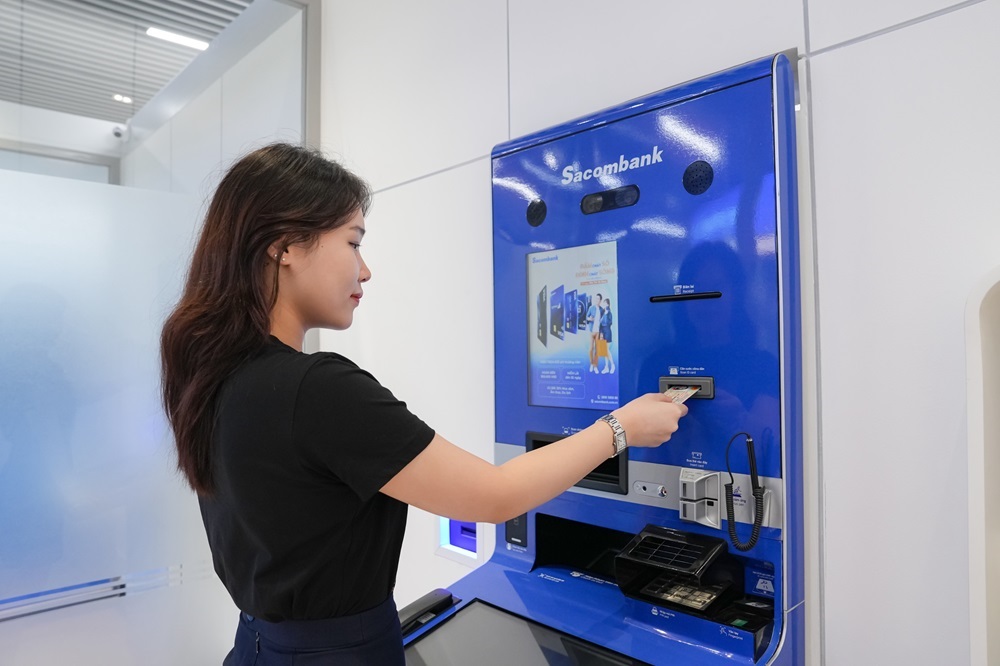Sacombank's "dual goals" on the path to sustainable development
06/05/2024
Sacombank focuses resources on restoring its position
Handling bad debt: A crucial role in restructuring
Recently, Moody's upgraded Sacombank's credit rating in various categories due to significant progress in resolving outstanding assets, which has improved asset quality, profitability, funding, and liquidity.
Moody's restoration of Sacombank's pre-merger credit rating is a key milestone in the bank's restructuring journey. Reflecting to 2016, this rating agency downgraded the bank amid its merger with Phuong Nam Bank and the commencement of its restructuring plan.
That period was challenging for Sacombank, despite an increase in scale post-merger. Business operations continued to grow, but the necessity to provision for bad debts after the merger led to declining profits, several operational safety indicators falling below regulatory standards, and a negative impact on the bank's reputation and brand, affecting partners, customers, and staff significantly.
After developing and obtaining SBV approval for its self-restructuring plan, Sacombank established a debt resolution steering committee to expedite the handling of each file, transparently and openly addressing bad debts while ensuring the interests of both the bank and its customers.
The second group of solutions involved restructuring the operational model, separating and enhancing governance, administration, and supervision capabilities as per Circular 13 while adopting advanced governance practices and international standards into the risk management system.
Beyond governance, the third group of solutions focused on revitalizing business activities, restructuring capital sources, and lending activities towards greater safety to create financial resources to gradually address lingering issues. The bank also accelerated comprehensive digital transformation, enhanced professional management, and continuously innovated its products and services.
These solutions have yielded positive results. The proportion of outstanding assets relative to total assets significantly decreased to 3% by the end of 2023, down from 28.1% at the beginning of the plan in 2016.
Last year alone, the bank recovered and resolved nearly VND 8,000 billion in bad debts, including nearly VND 4,500 billion related to the restructuring plan. Sacombank fully provisioned according to regulations, with total risk provisions reaching VND 25,099 billion, including 100% provision for the entire VAMC debt portfolio not yet resolved.
According to Prof. Dr. Nguyen Huu Huan, Head of the Financial Markets Department at the University of Economics HCMC, Sacombank’s achievements indicate strong determination from the bank's leadership. This is especially noteworthy considering the restructuring plan did not account for the market difficulties in recent years (such as COVID-19, geopolitical tensions, or the general increase in bad debts).
Prof. Huan emphasized that Sacombank's approach to bad debt handling plays a crucial role in its restructuring. Beyond management changes, effective bad debt handling significantly impacts business operations and the bank's balance sheet.
Sacombank’s case also provides a clearer path for handling weak banks through mergers. Mergers are never easy due to the sudden spike in bad debts and the need to harmonize governance and operations post-merger. “The key is how to combine a good bank with a bad bank to create a good bank. Harmony is very important,” Prof. Huan highlighted.
Strategic focus, recovery of position
From an investment perspective in banking stocks, Sacombank is considered a "promising star" in terms of growth potential post-restructuring.

Sacombank focuses resources on restoring its position
SSI Securities Corporation analysts commented that if Sacombank continues to maintain its pace in resolving bad debts and achieves good business performance, its resurgence will be impressive.
According to Mr. Huan, Sacombank's achievement in reducing its bad debt ratio from a high level to potentially below 3%, while the industry's average is above 3%, is highly commendable. “If debt management is done well, Sacombank can enter a new era where shareholders will benefit from the bank's profit results,” Mr. Huan said.
In 2023, Sacombank's consolidated pre-tax profit reached VND 9,595 billion, a 51.4% increase, achieving 101% of the set target. Profitability indicators like ROA and ROE were 1.22% and 18.30%, respectively, significantly higher than the 2022 levels of 0.31% and 4.47%.
This demonstrates that Sacombank's core business operations are improving significantly, despite the industry's increasing bad debt and low domestic and international market demand. The growing profit scale also indicates that bad debt management is nearing completion, further strengthening the bank's financial structure.
By the end of 2023, Sacombank's retained earnings after fund allocations reached VND 18,387 billion, almost equal to its charter capital. Consequently, dividend distribution has been a major concern for its shareholders at every general meeting, given the increasing retained earnings. The funds for dividends are available, with the remaining issue being the timing of distribution. Senior bank officials have repeatedly shared that the necessary procedures have been submitted to the State Bank of Vietnam (SBV), and dividends will be distributed upon approval.
Mr. Huan stated that dividend policies vary by company, but even if dividends are not distributed, shareholder value remains in the stock, increasing over time. In Sacombank's case, even if the bank wants to distribute dividends, it cannot proceed without SBV approval. "If the bank handles outstanding debt and makes full provisions, the retained earnings are essentially the shareholders' profit. The key is patience; loyal shareholders who stay longer will receive greater rewards," Mr. Huan assessed.
Efforts to strengthen internal capabilities continue with increasingly ambitious goals. The bank recently announced the completion and implementation of Basel III by the end of last year. The project to implement International Financial Reporting Standard No. 9 (IFRS 9) is progressing on schedule. Once completed, Sacombank will be among the pioneering banks applying this accounting standard, which helps banks classify, evaluate assets, and mitigate risks more effectively.
Sacombank is also advancing in digital transformation, an area where the bank has consistently allocated resources throughout its seven-year restructuring plan. Comprehensive digital transformation solutions have yielded positive results, placing the bank among the leaders in digital transformation, launching many modern, highly-rated, and secure products. Recently, the bank launched a new AI-powered customer care hotline and a modern STM transaction machine system that allows customers to use voice and touch interactions for transactions. "Digital transformation is not just about new technology projects but requires a change in mindset, business models, and processes, enhancing digital skills and capabilities within the organization to succeed," emphasized Ms. Nguyen Duc Thach Diem, Sacombank's CEO.

Customers experience STM machines
Towards sustainable development
Interestingly, alongside the short-term goal of completing the restructuring plan and regaining its leading retail position by 2025, Sacombank has also set long-term goals for sustainable development, in line with the government's target of net-zero emissions by 2050. The bank has introduced a new strategy focusing on four key areas for sustainable development: sustainable growth bringing long-term benefits to shareholders, customers, community, and nation; customer-centricity with products and services prioritizing customer benefits; employee development with 99% of managerial positions promoted from within; and transparent governance with a clear organizational structure, prioritized risk management, and adherence to the latest international standards.

